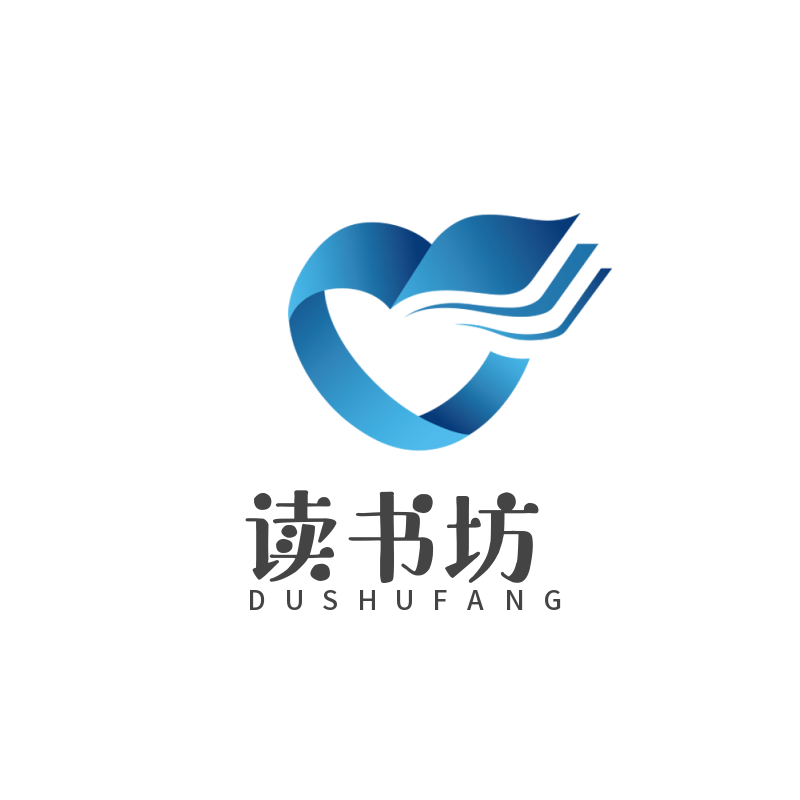《欧洲文化入门》王佐良 电子书

请通过以下商城购买正版书籍
 |
 |
 |
 |
 |
转载请注明原文链接:本站电子书版权归原作者及开发商所有,仅限个人测试交流学习之用,请在下载后24小时内删除。若有违反您个人权益,请留言反馈删除相关信息。
内容简要:
打包福利下载:http://xz.tbookk.com/d/560517-40700892-0311b2
这是一本中国大学英语系的教科书,为了教学需要而编写的。 学习英语的中国大学生在阅读英文书刊和同英语国家人士的交往中,往往感到由于缺乏欧洲文化知识而增加了许多困难。而一旦对这些有了较多知识,则不仅了解程度会提高,而且由于通过文化来学习语言,语言也会学得更好。本书请教师或外国访客用外语来介绍整个欧洲或其中一国的社会或其他情况,作为语言课的补充。【推荐语】本商品由于改版目前有两个版本封面,内容完全一样,发货*,请放心,谢谢!
目录:
Introduction
1. Uses of the Subject
2. Two Major Elements in European Culture
DIVISION ONE GREEK CULTURE AND ROMAN CULTURE
Ⅰ. Greek Culture
1. The Historical Context
2. Social and Political Structure
3. Homer
4. Lyric Poetry
5. Drama
6. History
7. Philosophy and Science
8. Art, Architecture, Sculpture and Pottery
9. Impact
Questions for Revision
Ⅱ. Roman Culture
1. Romans and Greeks
2. Roman History
3. Latin Literature
4. Architecture, Painting and Sculpture
Questions for Revision
DIVISION TWO THE BIBLE AND CHRISTIANITY
Ⅰ. General Introduction
Ⅱ. The Old Testament
1. The Pentateuch
2. The Historical Books
3. The Poetical Books
4. The Prophets
Ⅲ. Rise of Christianity
1. The Life of Jesus
2. The Spread of Christianity
Ⅳ. The New Testament
1. The Birth of Jesus
2. Jesus Is Tempted by the Devil
3. The Sermon on the Mount
4. The Last Supper
5. The Crucifixion
Ⅴ. Translations of the Bible
Questions for Revision
DIVISION THREE THE MIDDLE AGES
Ⅰ. General Introduction
Ⅱ. Manor and Church
1. Feudalism
2. The Church
3. The Crusades
Ⅲ. Learning and Science
1. Charlemagne and Carolingian Renaissance
2. Alfred the Great and Wessex Centre of Learning
3. St. Thomas Aquinas and Scholasticism
4. Roger Bacon and Experimental Science
Ⅳ. Literature
1. National Epics
2. Dante Alighieri and <i>The Divine Comedy</i>
3. Geoffrey Chaucer and <i>The Canterbury Tales</i>
Ⅴ. Art and Architecture
1. Romanesque
2. Gothic
Questions for Revision
DIVISION FOUR RENAISSANCE AND REFORMATION
Ⅰ. General Introduction
Ⅱ. Renaissance in Italy
1. Historical Background
2. The Rise of Humanism
3. New literature
4. Renaissance Art
5. Decline of the Italian Renaissance
Ⅲ. Reformation and Counter-Reformation
1. Pre-Luther Religious Reformers
2. Martin Luther (1483—1546) and His Doctrines
3. John Calvin (1509—1564) and Calvinism
4. Reformation in England
5. Counter-Reformation
6. Protestantism and the Rise of Capitalism
7. Conclusion
Ⅳ. Renaissance in Other Countries
1. Renaissance in France
2. Renaissance in Spain
3. Renaissance in the North
4. Renaissance in England
Ⅴ. Science and Technology during the Renaissance
1. Geographical Discoveries
2. Astronomy Nicolaus Copernicus (1473—1543)
3. Anatomy
4. Printing Aldus Manutius (1450—1515)
5. Political Science and Historiography
Ⅵ. Summing-up
Questions for Revision
DIVISION FIVE THE SEVENTEENTH CENTURY
Ⅰ. General Introduction
Ⅱ. Science
1. From Copernicus to Kepler
2. Galileo Galilei (1564—1642)
3. Sir Isaac Newton (1642—1727)
4. Gottfried Wilhelm von Leibniz (1646—1716)
5. Invention of New Instruments
6. Two Merits Shared by the Great Scientists of the 17th Century
Ⅲ. Philosophy, Politics and Literature in England
1. Francis Bacon (1561—1626)
2. Thomas Hobbes (1588—1679)
3. John Locke (1632—1704)
4. John Milton and the English Revolution
Ⅳ. Descartes; French Classicism
1. René Descartes (1596—1650)
2. French Classicism
Ⅴ. Art
1. Baroque Art
2. Dutch Protestant Art
3. Art and Architecture in France
4. Music
Questions for Revision
DIVISION SIX THE AGE OF ENLIGHTENMENT
Ⅰ. General Introduction
1. Enlightenment
2. Historical Context
Ⅱ. French Philosophy and Literature
1. Baron de la Brède et de Montesquieu (1689—1755)
2. Voltaire (pseudonym of Jean François Arouet, 1694—1778)
3. Jean-Jacques Rousseau (1712—1778)
4. Denis Diderot (1713—1784)
Ⅲ. English Literature
1. Alexander Pope (1688—1744)
2. Daniel Defoe (1660—1731)
3. JonathanSwift (1667—1745)
4. Samuel Richardson (1689—1761)
6. Samuel Johnson (1709—1784)
7. Journalism and the Periodical Essay
Ⅳ. German Literature and Philosophy
1. Gotthold Ephraim Lessing (1729—1781)
2. Wolfgang von Goethe (1749—1832)
3. Johann Christoph Friedrich von Schiller (1759—1805)
4. Immanuel Kant (1724—1804)
Ⅴ. Art
1. Rococo Art
2. Typical Works and Major Artists
Ⅵ. Music
1. The Musical Enlightenment
2. The Classical Period
Questions for Revision
DIVISION SEVEN ROMANTICISM
Ⅰ. General Introduction
1. What is Romanticism?
2. Two Revolutions
Ⅱ. Romanticism in Germany
1. Goethe (1749—1832) and Schiller (1759—1805)
2. Schlegel Brothers (the Jena School)
3. Heinrich Heine (1797—1856)
Ⅲ. Romanticism in England
1. William Blake (1757—1827)
2. The Lakers — Wordsworth and Coleridge
3. George Gordon Byron (1788—1824)
4. Percy Bysshe Shelley (1792—1822)
5. John Keats (1795—1821)
6. Walter Scott (1771—1832)
Ⅳ. Romanticism in France
1. Chateaubriand (1768—1848)
2. Victor Hugo (1802—1885)
3. George Sand (1804—1876)
Ⅴ. Romanticism in Italy
1. Alessandro Manzoni (1785—1873)
2. Giacomo Leopardi (1798—1837)
Ⅵ. Romanticism in Russia
1. Aleksander Pushkin (1799—1837)
2. Mikhail Y. Lermontov (1814—1841)
Ⅶ. Romanticism in Poland
Ⅷ. Concluding Remarks — A True Movement
Ⅸ. Art and Architecture
1. Paintings
2. Architecture
Ⅹ. Music
1. The Early Romantics
2. The Later Romantics — Middle of the 19th Century
DIVISION EIGHT MARXISM AND DARWINISM
Ⅰ. The Rise of Marxism
1. General Introduction
2. Historical Background
3. The Three Sources and Three Component Parts of Marxism
4. Marx and Literature
5. Summing-up
Ⅱ. Darwinism
1. General Introduction
2. Ideas of Evolution Before Darwin
3. Life of Charles Darwin (1809—1882)
4. Darwin's Works and Theories
5. Effects of Darwinism
DIVISION NINE REALISM
Ⅰ. General Introduction
1. What Is Realism?
2. The Historical Background
Ⅱ. Realism in France
1. Stendhal (pen name of Marie Henri Beyle, 1783—1842)
2. Honoré de Balzac (1799—1850)
3. Gustave Flaubert (1821—1880)
4. mile Zola (1840—1902)
5. Guy de Maupassant (1850—1893)
Ⅲ. Realism in Russia
1. Nikolai Gogol (1809—1852)
2. Ivan Sergeyevich Turgenev (1818—1883)
3. Fyodor Dostoyevsky (1821—1881)
4. Count Leo Tolstoy (1828—1910)
5. Anton Pavlovich Chekhov (1860—1904)
Ⅳ. Realism in Northern Europe
1. Henrik Ibsen (1828—1906)
2. August Strindberg (1849—1912)
Ⅴ. Realism in England
Ⅵ. Realism in the United States
Ⅶ. Art
1. Realism in Art
3. Post-Impressionism
4. Sculpture
5. Architecture
Ⅷ. Music at the Turn of the Century
1. Antonín Dvok (1841—1904)
2. Claude Debussy (1862—1918)
Questions for Revision
DIVISION TEN MODERNISM AND OTHER TRENDS
Ⅰ. General Introduction
1. Modernism Defined
2. Historical Context
3. Progress in Science
4. New Ideas and Thoughts
Ⅱ. Contemporary Western Literature Before 1945
2. Irish Literature
3. American Literature
4. German Literature
5. French Literature
6. Russian and Soviet Literature
Ⅲ. Literature and Philosophy Since 1945
1. Angry Young Men in England
2. Beat Generation in America
3. Nouveau Roman (New Novel)
4. Existentialism
5. The Theatre of the Absurd
6. Black Humour
Ⅳ. Art and Music
1. Art
2. Sculpture
3. Music
Questions for Revision
Select Bibliography 参考书目
欧洲与中国: 大事对照简表
作者及出版:
作 者:王佐良
出 版 社:外语教学与研究出版社
出版时间:2005-08-01
字 数:127.0万











评论